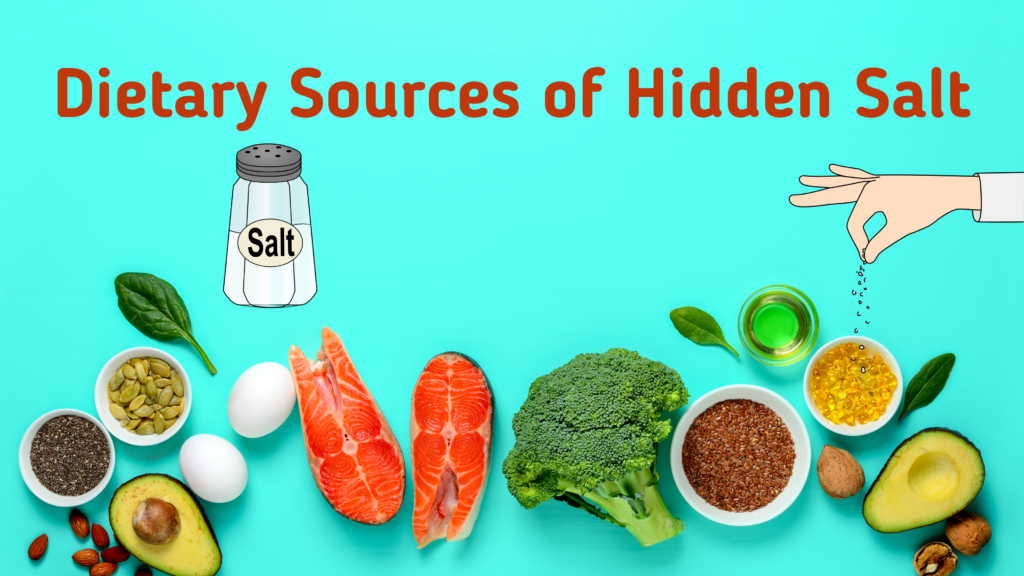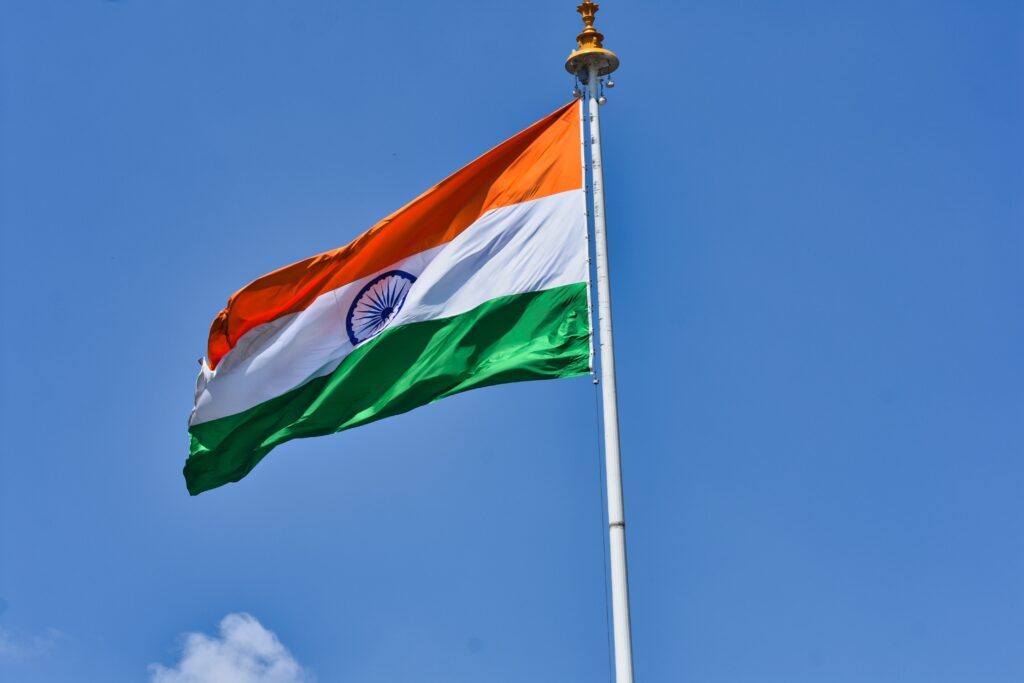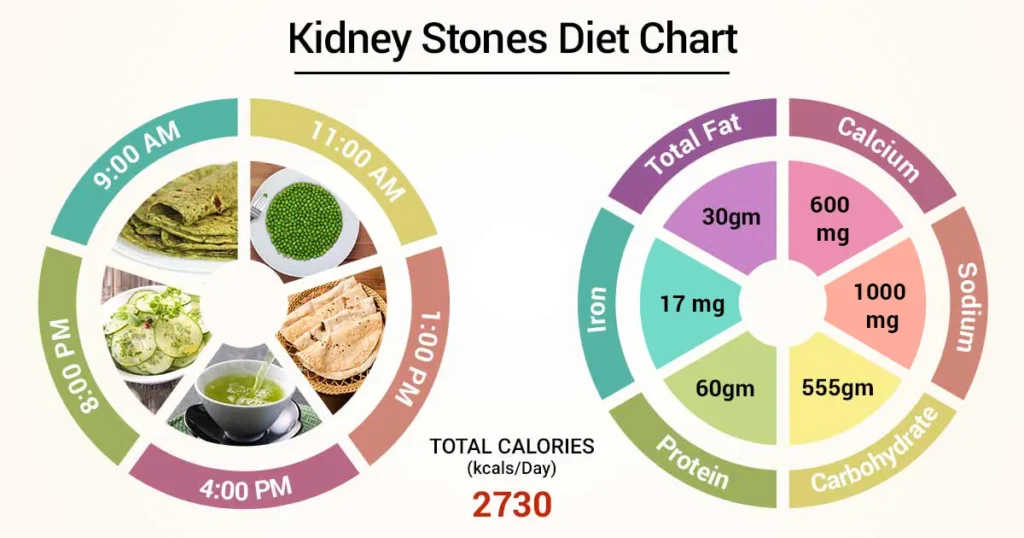Salt is an indispensable component of daily diet. When this mineral is restricted, especially in renal diet; it may seem uncomfortable and at times also intolerable. This is when a Renal Dietitian can help you fix this issue by suggesting healthy substitutes of salt. For patients with kidney issues, controlling salt intake is crucial for managing their condition as well as preventing further damage.
Often, we associate salt only with the amount of salt added to the food and the hidden salt remains unnoticed. As the name suggests, hidden salt is that salt which is most likely not added in your kitchen. Hence, it remains hidden. Hidden salt is present in packaged foods and is a major concern, especially for those on a renal diet. Indian cuisine, known for its rich flavours, can sometimes be a hidden mine of sodium, even in foods we consider healthy. Understanding these hidden sources is essential for anyone following a renal diet.
Why Hidden Salt Matters In a Renal Diet?
Patients with kidney disease are advised to limit their sodium intake because excessive salt can lead to high blood pressure, swelling, and further burden on the kidneys. For those on a renal diet, it’s not just about reducing table salt; it’s equally important to recognize and avoid hidden sources of sodium too. To know which salt is best patients on a renal diet, click here
Common Sources of Hidden Salt
- Bread and bakery items Bakery items biscuits are an inseparable part of most of families. All bakery items including reads, biscuits, cakes, puffs etc need 3 types of salt – one is table salt, then is baking soda and baking powder. Without this baking soda and baking powder, bakery items cannot be baked. This is the source of hidden salt
- Cheese and cheese spreads or hummus spreads: Processed cheese is packed with sodium, and even though paneer is generally lower in salt, some packaged versions contain added salt. Fresh, homemade paneer is a better option for renal patients. Same with cheese spreads and other spreads like hummus spread, if prepared at home, it can be made with less salt but when prepared commercially for larger population, the salt intake is increased for 2 reasons: a) to preserve it longer time and b) to make it more delectable. So, while on a renal diet, it is important to have home made spreads or home made fresh paneer or home made low salt chutney. To view our low salt, kidney friendly chutney recipe videos, click here
- Instant foods and processed foods Canned vegetables, soups, and sauces can be high in sodium because salt is often used as a preservative. Ready-made curry pastes or packaged snacks like instant noodles and soup mixes also contain large amounts of hidden salt. It’s best to use fresh ingredients and prepare meals from scratch to control sodium levels.
- Spice Mixes (Masalas): Few pre-packaged spice mixes, such as pani puri masala or chaat masala, often contain salt to enhance flavour. These mixes are convenient but can contribute significantly to your daily salt intake. Read labels carefully of your spices mix before adding them to your routine. Note many spices are saltless like pav bhaji masala, dabeli masala, frankie masala, usal missal masala and can be used sparingly by patients on a renal diet
- Pickles: Pickles (achar) are a staple in Indian meals, but they are loaded with salt for preservation. Even a small serving can contribute to a significant portion of your daily sodium limit. For patients on a renal diet, it’s best to either avoid pickles altogether or opt for salt-free versions. Check out our salt free kidney friendly sirkewale onion recipe, click here. To gain access to our salt free masala tinda recipe, click here
- Papads (Pappadam) Papads, a popular side dish, contain high amounts of table salt as well as fruit salt (baking soda). While they add crunch to a meal, they are an often overlooked source of hidden sodium. Consider switching to homemade, salt-free versions.
- Restaurant and takeaway foods: Restaurant foods like biryani, curries, and kebabs are often prepared with generous amounts of salt and sodium-rich seasonings. Even if you ask for less salt, sauces and marinades may still contain hidden sodium. It’s best to limit eating out and stick to homemade meals where you control the salt content.
Tips for Reducing Hidden Salt in Your Renal Diet
- Read Labels Carefully
When buying packaged foods, always check the nutrition label for sodium content. Opt for low-sodium or no-sodium-added versions whenever possible. - Use Fresh Ingredients
Cooking from scratch with fresh ingredients helps you control the salt in your meals. Avoid processed foods and season your dishes with herbs, spices, and lemon juice for flavour instead of salt. - Rinse Canned Foods
If you must use canned sweet corn or pineapple, rinse them thoroughly under cold water to reduce the salt content - Limit Processed Snacks
Instead of reaching for salty snacks like chips, opt for healthier alternatives like unsalted wheat khakhras/ kurmura (rice puffs)/ tender sweet corn, etc - Portion Control
If you can’t completely avoid foods like pickles or papads, limit your portion size. A small amount goes a long way in preventing excessive salt intake
Conclusion
For Indian patients on a renal diet, understanding and managing hidden sources of salt is crucial for maintaining kidney health. By being aware of these sneaky sodium traps and making informed food choices, you can better control your salt intake and protect your kidneys from further damage. Simple changes, like cooking at home, checking labels, and seasoning with herbs and spices, can make a big difference in your overall health.
At NutriKonnect, we have one-to-one diet consultation sessions with a comprehensive follow up. You can avail our advance or premium sessions if you need innvovative recipes for kidney disease. For tasty and healthy kidney – friendly lunch and dinner menus and desserts, you can avail our recipe course, click here to gain access.



